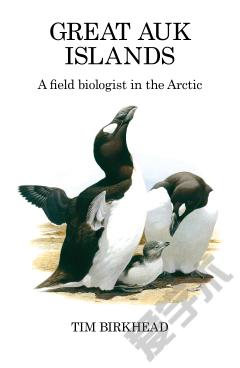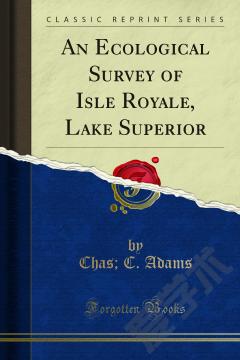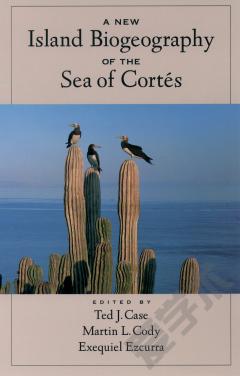Great Auk Islands; a field biologist in the Arctic
A book for professional and amateur ornithologists, students in ecolobehaviour. The Arctic is one of the worldwildernesses: a place of outstanding beauty, history and extraordinary wildlife in which seabirds form an important component of a rich, marine environment. Like many other remote regions, it is under threactivities, but to protect it we need to understand it. That understanding can come only through scientific research and the central threat of this book is to examine how such research is actually done. It describes the business of conducting biological studies on seabirds in remote parts of eastern Canada. Several themes are engagingly interwoven: the sheer beauty of the Arctic environment, the intriguing biology of its wildlife, and the discovery and exploitation of enormous seabird colonies, including the destruction of the Great Auk. Tim Birkhead describes in personal detail the different facets of researto life both the difficulties and the excitement of working in the Arctic. What is it like setting up a camp fon a remote and uninhabited island not far from the North Pole? How does it feel to commute daily by inflatabicebergs to study-areas located on towering cliffs, set between ice-blue glacier do when a Polar bear decides that you have invaded its Arctic home? Why are the seabird colonies in tso enormous? What do lifestyle of the extinct Great Auk? In 1992 Canada's legendary cod fishery was finally destroyed - what are the consequences of this for other wildlife? These are just a few of the questions dealt with in this book. Our future as a species depends upon science and the understanding it brings of the world we live in. The work of scientists often appears obscure, but in this book, Tim Birkhead has used his experience of seven summers in the Arctic to write an accessible and straightforward account of how research is actualfield. The text is enriched by David Quinn's illustrations, and by numerous photographs in both black and white, and colour.
{{comment.content}}








 京公网安备 11010802027623号
京公网安备 11010802027623号